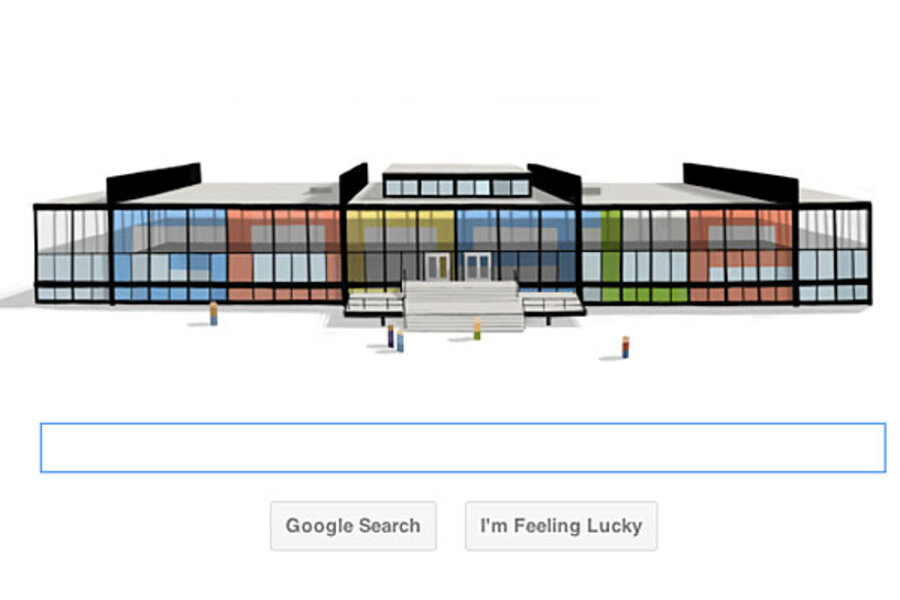Ludwig Mies van der Rohe: Father of 'less is more' architecture
Loading...
Architect Ludwig Mies van der Rohe, the subject of today’s Google Doodle icon, was famous for his dictum “Less is more” and his minimalism design style.
The architect, who was often known only as “Mies,” used "modern" materials – industrial steel and glass – to create the "bones" of interiors, while emphasizing open spaces and simplicity.
Mies was born in 1886 in Aachen, Germany and, after a stint in his father’s stone carving business, traveled to Berlin to work with architect Bruno Paul. After apprenticing himself to Peter Behrens, another architect, and working on the embassy for the German Empire in St. Petersburg, Russia, during his time with Behrens, Mies started his own architectural firm in Berlin in 1912. He married the next year.
It was after his marriage came to an end in 1921 that Mies, formerly known simply as Ludwig Mies, changed his name to Ludwig Mies van der Rohe – Rohe was the maiden name of his mother and “van der” was a traditional part of a Dutch name. Mies possibly added the “van der” section to avoid insulting German aristocrats who would look down on anyone giving him- or herself a self-styled German high-born name without being born to the title.
Mies was inspired by the Prussian architect Karl Friedrich Schinkel, especially Schinkel’s use of post and lintel construction, and admired the ideas of the Dutch De Stijl and Russian Constructivism movements. Russian Constructivism embraced using architecture to benefit society, while the Dutch De Stijl philosophy advocated simplicity in architecture, a sentiment that dovetailed nicely with the architect's "less is more" mantra.
The architect became director of the Werkbund, a German organization of designers, artists and architects who later created the Weissenhof Project, which consisted of 21 buildings that contained 60 residences. The Weissenhof Project was noted for its use of an open plan design on the inside of the homes, a style which creates large open spaces rather than small rooms.
Mies also served as the director for the German architectural school Bauhaus, turning the school into a private institution when he took the helm, and was a founder of the German architectural group Der Ring, which focused on bringing the ideas of Modernist style to prominence.
The architect had trouble getting his designs built in the 1930s when the Nazi Party came to prominence in Germany and denounced his ideas as un-German, and Mies was forced to shut down Bauhaus after pressure from the political party. He came to the US. in 1937 and became head of the architecture department at the Armour Institute of Technology in Chicago in 1938, later designing an overhaul of the school’s campus. The buildings built by Mies during that time still exist at the school, later renamed the Illinois Institute of Technology.
Later projects included the glass-enclosed Farnsworth House near Chicago, which consists of an open space separated by partitions, and Chicago’s Twin Towers. His final work was the Neue Nationalgalerie in Berlin, an art museum which again used his famous building tools of steel and glass.
While he traveled to Germany during the museum’s construction, Mies continued to live in Chicago until his death in 1969.








